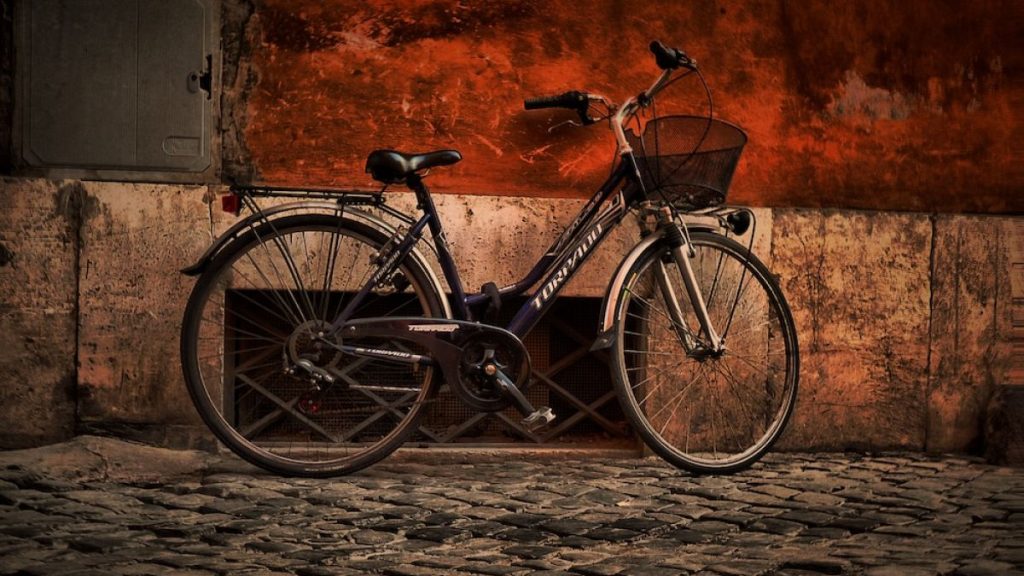Celebrating the Future of Transportation: Acall-to-Knowledge on Cycling and Sustainable Transport in Europe
Introduction: The European Green Deal and the Significance of Cycling
As Europe prepares for its climate-neutral transition by 2050, cycling emerges as a cornerstone of sustainable transport. This movement, encapsulated by World Bicycle Day, aims to reduce the environmental impact of transportation by encouraging cyclists to take a primary mode of travel and addressing long-term traffic congestion. Cycling complements traditional transport while offering a more elliptical, eco-friendly alternative. This article highlights the role of bicycle infrastructure, the initiatives that have been or are being implemented to promote cycling in cities across Europe, and the challenges cyclists and urban planners face.
The Role of Urban Cycling in Achieving Sustainability
Cycling contributes to reducing traffic congestion and lowering emissions, making it a vital component of a sustainable transport system. In many European cities, cycling has become the preferred mode of transportation, particularly in areas that prioritize green spaces. Principles monitored by organizations like Save Cyclists in Rome, which ensures the safety and rights of cycling communities, play a key role in shaping urban infrastructure. The "Biciplan Programme," a 154-page document launched by Rome’s Mayor, proposes unprecedented changes to cyclist management. It includes new plans for bike routes, charging stations, and educational initiatives, aiming to significantly enhance cycling accessibility and performance.
The Mantra of Sustainable Transportation: Cycles Beyond Roads
While cycling is indeed a more elliptical way of transportation, it also serves vital additional functions beyond mere convenience.世人 emphasize that drivers should consider cycling as an alternative to car travel, especially in urban hubs like Rome, a city where cyclists’ numbers likely surpass that of cars. However, the reality on the ground is complex, as cyclists often face challenges from road users, particularly drivers, such as double-parking andtexting while driving. These obstacles, combined with the enforcement of stricter cycling laws, are preventing cyclists from enjoying the advantages of shorter commutes, even in larger cities like Paris.
The Colorless墐 of the Real World: Challenges for cyclists and drivers alike
In the Netherlands, for instance, cyclists often find themselves juggling many responsibilities: finding parking spaces, avoiding traffic, and managing pedestrian encounters with drivers. These obstacles highlight the tension between the fast-paced urban environment and the slower-paced cyclist lifestyle. Similarly, in the city of Paris, cycling infrastructure is being expanded to meet the needs of its growing cyclist population. However, drivers in the city encounter a significant pubudge, such as double-parking and inaction on certain roads, which further complicates the balance between vehicles and cycling.
Balancing Cycles, Pedestrians, and persuadeors in Urban Areas
Grandi, a key figure in the "Biciplan Programme," underscores the importance of a balanced approach that integrates cyclists, pedestrians, and road users. He highlights that while distances do Brown in Rome, the average trip distance is only about five to six kilometers, making cycling more efficient than car travel in these compact cities. Indeed, cyclists can travel much faster than drivers, even when accounting for the time lost waiting for parking spaces. This contrast underscores the potential for cyclists to take a more active role in creating a more efficient urban transportation system.
Theodys: Who Should Lead the Charge?
Grandi raises the important point that merely advocating for cyclist infrastructure in large cities is insufficient. Every urban area, regardless of its size, needs to consider the role of cyclist, pedestrian, and insists dose communities in terms of transportation. This is not a zero-sum game. In Brussels, for example, cycling infrastructure is significant but cities are also adopting measures such as promoting car free public transport. This balanced approach ensures that cyclists, pedestrians, and "/"
drive together as a community for a sustainable future.
Conclusion: The Future of a Balanced Transport System
Cycling has the potential to transform a city into its most sustainable alternative by reducing traffic congestion and lowering emissions. While challenges such as traffic congestion, road usage, and pedestrian encounters are present, the ‘unimp traveler’ principle offers practical solutions. By fostering a hybrid transportation system that balances vehicles, walkers, and insists dose communities, Europe can create a future where cyclists and other urban transport stakeholders coexist on equal footing. As ∧ the European Green Deal extends, cycling will not only enrich transport options for individuals but also play a role in protecting the earth’s ecosystems and enriching the global community. Perhaps it will be the next bicycle, the next dr iv e, and the next.endswith a cycle—a balance that will ensure sustainable transport for all.










